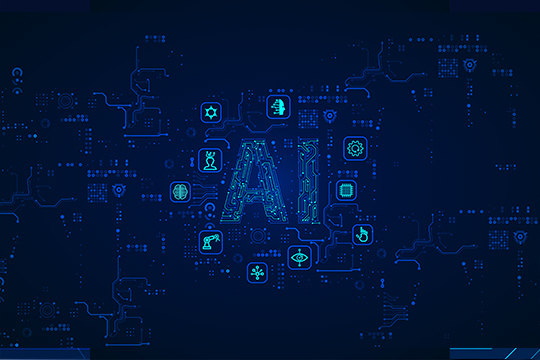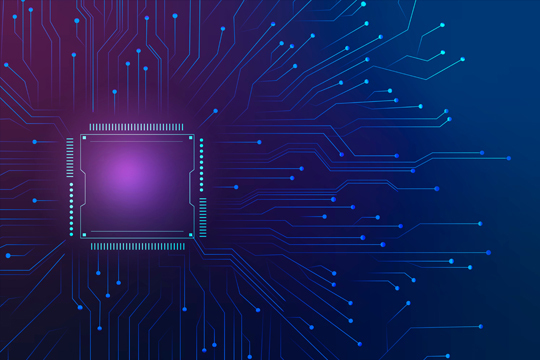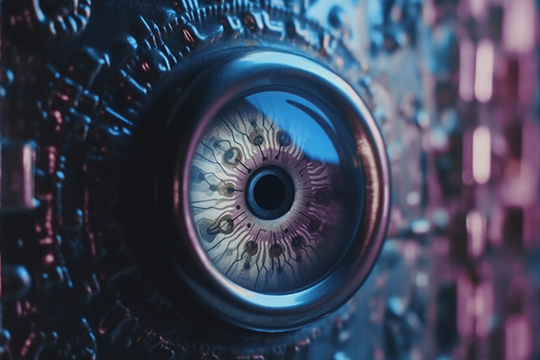Physical prototyping and testing across industries like aerospace, automotive, architecture, and more can involve massive costs. Crash-testing new car designs requires sacrificing entire vehicles. Evaluating the seismic resilience of building designs necessitates constructing and shake-testing scale models. And stress-testing an aircraft’s airframe to failure through extreme maneuvers can put costly fighter jet prototypes at risk.
In all these cases, physical assets are built just to be degraded or destroyed for testing purposes. The costs of constructing these real-world prototypes, conducting rigorous tests on them, and repairing or replacing those damaged in the process can easily run into the millions. And in fields like aerospace or architecture, there are also limitations on how drastically you can test a physical prototype without endangering human safety.
But what if there was a way we could conduct the tests we needed to, without risking human lives or million-dollar aircraft?
Introducing Digital Twins
This is where digital twins can provide immense value. Digital twins are ultra-high fidelity virtual models of these physical assets, underpinned by sensor data connections to their real-world counterparts. These are not static 3D models but incorporate live data from embedded sensors and Edge ML models to recreate an asset in real-time, not just a simulated approximation.
Whereas previous computer simulations may test for one aspect of the design, say aerodynamics in a simulated wind tunnel, the digital twin allows for a single digital model to be tested across disciplines. Companies can run simulations on the digital twin to replicate stress testing, crash testing, seismic tests, and more in a virtual environment. This allows them to optimize and validate designs earlier, with more permutations, while avoiding the destruction of costly physical prototypes. The promise is enormous cost savings, safer testing, and faster design optimization by leveraging the simulation capabilities of connected digital twins.
History of Digital Twins and First Uses
The concept of a “Digital Twin” was first proposed in 2002 by Dr. Michael Grieves at the University of Michigan. Grieves drew inspiration from NASA’s use of identical ground-based spacecraft models during space missions to mirror and diagnose issues with the physical vehicles.
Grieves envisioned a similar “virtual information construct” that would mirror a physical product or system throughout its entire lifecycle. Sensors throughout the body of the aircraft, for example, would feed performance data back into this digital twin allowing real-world data to constantly refine the model, predicting potential failures across a vast array of simulated environments.
Importantly, Grieves also proposed applying digital twins to manufacturing and factory settings. He put forth the idea of creating a “digital factory” where virtual twins of each machine, production process, and factory layout would mirror their physical counterparts. Engineers could optimize factory workflows, machine configurations, and layouts through simulation in this digital environment. The digital twins would also enable proactive maintenance, failure prediction, and other analytics by aggregating data from the physical systems over time.
Major manufacturers like GE, Siemens, Boeing, Airbus, and Tesla are all actively involved in deploying Digital Twins to optimize their machines. GE Evolution Locomotives harness sensor data deployed throughout the train engine to provide remote diagnostics of the locomotives across an entire fleet. This data is fed into GE’s Predix Industrial IoT platform which allows for machine learning models to predict breakdowns and optimize the operation of the locomotive to save time and fuel. As the Evo Locomotive Digital Twin continually finds ways to optimize the operation of the locomotive these improvements are pushed back to the physical engine through over-the-air (OTA) updates. This creates a closed-loop automated system where massive steel machines can become fully networked and upgradeable with a simple software update like a smartphone.
When combined with cloud analytics and Edge ML, the operation of the entire fleet can be optimized to ensure freight arrives on time by dynamically adjusting to train breakdowns, rail blockages, weather conditions, and other system shocks. Digital Twins can be linked together to simulate the entire rail supply chain not just individual locomotives and provide a systemic view and adjust automatically to disruptions.
Digital Twins and Artificial Intelligence
The fusion of Digital Twins and AI allows for far more than just predictive maintenance, logistics, and performance optimization. Reinforcement Learning (RL), a specialized form of AI, can enable systems to teach themselves and achieve complex objectives with minimal input. For example, Google DeepMind’s AlphaGo Zero mastered the game Go by simply learning from playing itself – no prior human knowledge is needed. Within just 3 days, it surpassed even its prior incarnation, AlphaGo, which beat the world champion Lee Sedol in 2016.
Reinforcement Learning can also be applied to rapidly accelerating and optimizing engineering designs. NASA is using RL to evolve antenna designs that minimize its size while maintaining its signal strength.
At GE Energy, RL algorithms are being trained in digital twin environments of wind farms. The RL agents explore different turbine configurations and positions to maximize power output based on changing weather conditions. Similarly, an RL system tasked to “design the fastest fighter jet” could iterate through countless permutations simulated and tested in a digital twin environment. It could incorporate performance data from current aircraft to inform the optimizations.
As designs progress, the RL system could push improvements back to physical fleet assets, creating a closed-loop engineering system. The combination of Digital Twins and Reinforcement Learning yields new potential for human-machine teaming which allows human engineers to rapidly explore potential solutions and may yield novel designs beyond anything a human would normally conceive of.
Digital Twins for National Security
Former Secretary of Defense Donald Rumsfeld proclaimed that “You go to war with the army you have, not the army you want.” When the US invaded Iraq in 2003, its Humvees were too lightly armored to survive against IEDs yet its heavy M1 Abrams and M2 Bradleys were too heavy and sluggish to operate in a dense urban environment. It would take four4 years for the Defense Industrial Base to produce and field the Mine-Resistant Ambush Protected (MRAP) vehicle to meet the needs of warfighters and protect them against the pernicious threat of IEDs.
Digital twins of future armored vehicles could help automate battle damage assessment and inform future designs. By combining this with RL and 3D printing, the Digital Twin could rapidly iterate through new designs of a better Humvee optimized to repel IEDs and RPGs. Local deployments of industrial-scale 3D printers such as those deployed by the Navy on the USS Bataan amphibious assault ship allow for expeditionary units to create their own spare parts. Combining this with a Digital Twin could allow for the proactive production of parts that the model predicts are likely to fail soon.
In the heat of combat, an AI-powered digital twin could revolutionize an armored vehicle’s adaptability and survivability. Equipped with live battle data from sensors across the vehicle, the digital twin processes in real-time to assess damage, simulate optimal maneuvers, and unearth weaknesses– recommending evasion tactics and firing solutions to the crew.
But more than offering “just-in-time” optimizations, the twin allows learnings to ripple across the fleet. By aggregating data from engagements, it can rapidly identify vulnerabilities in current designs and digitally iterate improved versions purpose-built to counter observed threats. Engineers can then act on these insights to fabricate up-armored parts on-demand using 3D printing at forward bases.
This creates a responsive, self-improving cycle: with every skirmish, the vehicles evolve digitally first and are physically upgraded after. Each hard-fought experience compounds, as the twin collects battle data to hone its models. Much as AlphaGo surpassed humans in Go through relentless digital training, armored vehicles can now digitally adapt in near real-time to outpace enemy tactics. The twin thus becomes a life-long companion, coevolving with its physical counterpart to sharpen their combined lethality and survivability.
Ready to explore your own Digital Twin? Oteemo can help!
At Oteemo, we provide expert guidance to enterprises seeking to implement digital twins. Our consultants have deep experience designing, prototyping, and deploying digital twins across industries. We advise clients on best practices for developing accurate virtual models, selecting the right simulation and data visualization tools, integrating with sensor arrays and enterprise IT systems, and leveraging cloud analytics and edge ML to bring their digital twins to life.
Our model-based systems engineering approach ensures even the most complex assets can have effective digital twins. Whether you aim to build a digital twin for a single asset or an integrated network, Oteemo provides the technology integration and strategic advice to make it successful. If you are exploring how digitally-enabled twins can optimize performance, our experienced advisors can provide the answers.
Contact us today to discuss your digital twin initiatives and how we can help accelerate results.









0 Comments